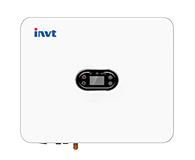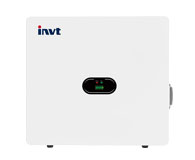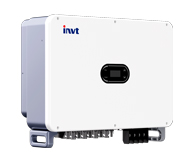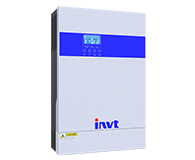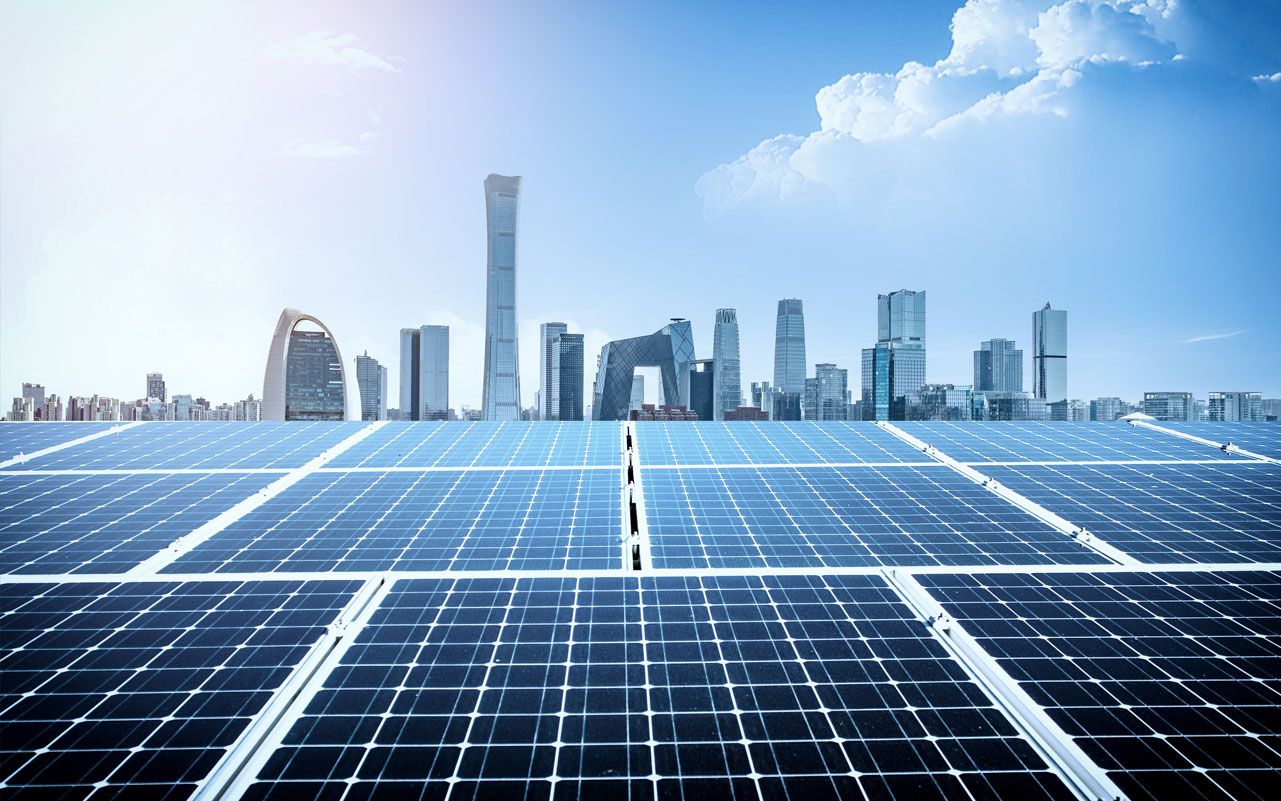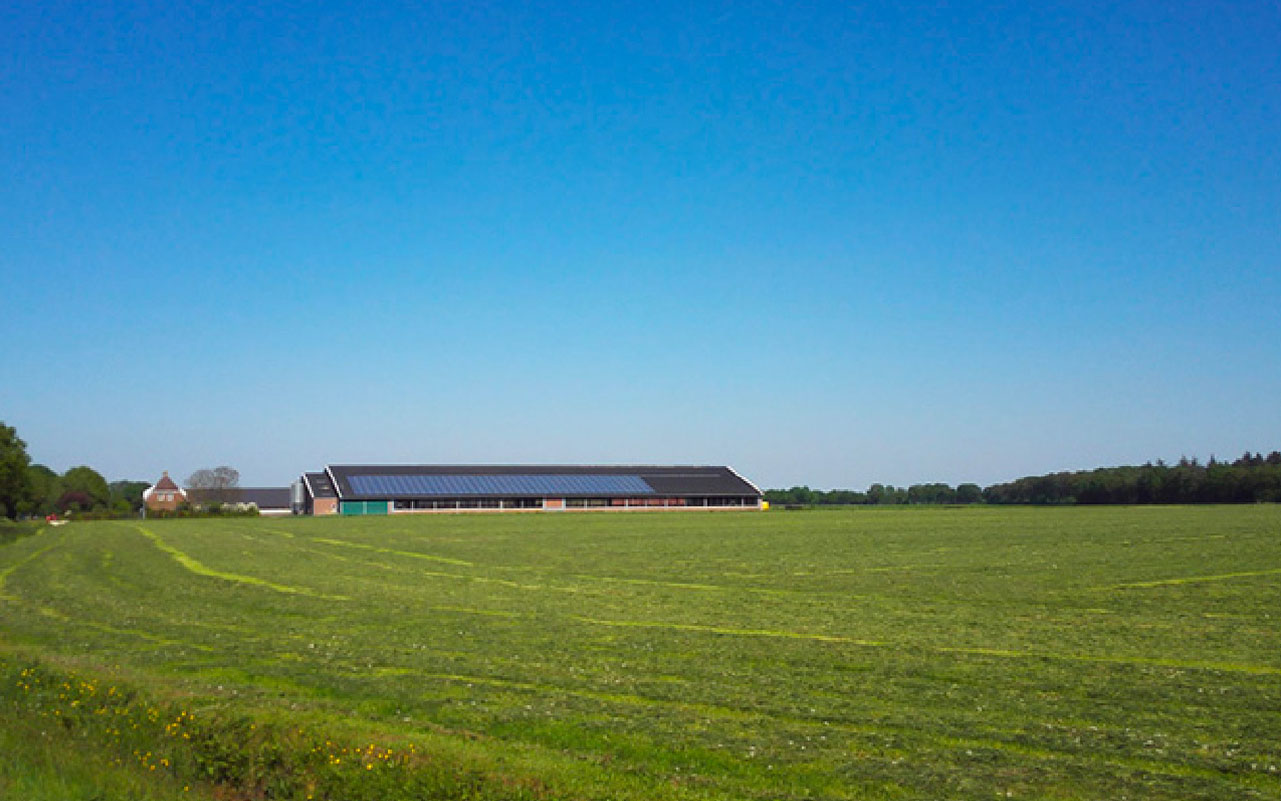How to Choose the Working Mode of Household ESS in Different Scenarios?
How to reduce the cost of energy use and improve efficiency under multiple working modes of household ESS (Energy Storage System)? How to find the balance between charging and discharging, between PV and grid? It is key to choose the right working model to match, which directly affects the return on investment and payback period. Now, we take INVTSolar BD series hybrid inverter as an example to show the working modes in different scenarios.
Working Mode 1
① Self-consumption (with PV power), energy flow priority: load>battery>grid.
.jpg)
This model is suitable for areas where the price of grid-tied electricity is low and energy prices are high. The power generated by PV will first be used to power local loads and then to recharge batteries, and the excess power will be fed to the public grid. When there is a shortage of light, the solar power is not enough to meet the power of the household load. In this case, the battery will be discharged to meet the household load together with the solar power, and if the battery power is insufficient, the power will be supplied from the grid. When there is enough light and the battery is fully charged, the solar module supplies power to the household load and the remaining energy is fed to the grid (surplus power to the grid).
In terms of economics, this working mode greatly reduces the amount of grid electricity purchased, lowers the cost of household energy use, and increases the application rate of PV, making it suitable for household scenarios with high electricity consumption and large differences in tariff.
In terms of the grid, the overlap between PV power generation and load energy use is high during the day, which is in line with the duck curve theory. The increased proportion of local utilization of new energy substantially reduces the PV power feed-in and reduces the penetration pressure of the local distribution network.
② Self-consumption (no PV power)
.jpg)
The battery supplies power to the local load first when there is no PV available, and then from the grid when the battery is low.
Working Mode 2
Peak shaving, energy flow priority: battery>load>grid (when charging) priority: load>battery>grid (when discharging)
.jpg)
This mode is suitable for areas with peak and valley tariffs (time-sharing tariffs). Users can use PV power, and off-peak power to charge the battery. Charging and discharging time intervals can be set flexibly, and you can also choose to charge from the grid or not. Advantages of this model: based on the installation area time-of-use tariff time, reasonably set the charging and discharging time of the machine, stored when the price is low, and discharged when the price is high to supply the load, which is essentially the peak-valley arbitrage profit model.
Working Mode 3
Standby mode, energy flow priority: battery > load > grid.

It is suitable for areas with frequent power outages. This mode ensures that the battery has an adequate supply of energy when the grid is disconnected.
In this mode, the battery will be forcibly charged in set time zones and never discharged when the grid is on, it also allows the user to choose whether to charge from the grid or not.
There are three general scenarios in the application of standby mode:
① Rigid demand ② Emergency power ③ Standalone system
Scenario ① Rigid demand
Electricity-less areas such as Tibet in China, due to the more scattered population distribution, the large grid power supply is more difficult, long-distance transmission investment, and poor power quality; in Africa, South America, and Southeast Asia, the quality of the grid is not high and unstable, power generation supply is insufficient, and power facilities are relatively backward, further increasing the demand for backup power in the above areas.
Scenario ② Emergency power supply (equivalent to UPS power supply function)

When the grid is shut down, the system will provide emergency power via PV or batteries to power the home load.[1]
Some major demand scenarios are as follows.
Power grid outages caused by frequent natural disasters, such as coastal areas, typhoons, earthquakes, mountain fires, and other natural disasters are relatively frequent, and power supply is forced to be suspended, etc.
Power supply for important equipment: primary or special load, which means uninterruptible equipment or equipment that can't be powered off for a long time, such as oxygen supply equipment, monitoring equipment, communication data processing equipment, financial and public security systems, etc. Its importance lies in the fact that once the power supply to these devices is insufficient or the quality of the power supply is poor, it may lead to major accidents such as large property losses or endangering personal safety.
Scenario ③ Independent system power backup
Off-grid PV+ ESS is generally used in some areas that cannot be covered by the grid, which are not suitable to be connected to the power grid, such as some remote mountain residents, border guards, outposts, islands, mobile monitoring stations, offshore ships, and other areas or scenarios.
Above is the work working mode that can be set to match with the INVTSolar BD series hybrid inverter for different application scenarios, which makes the equipment value system tend to 1.

